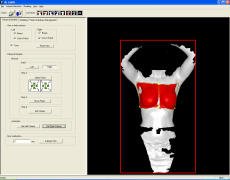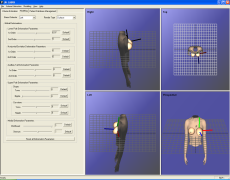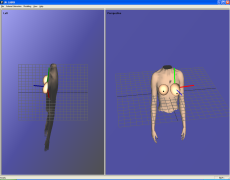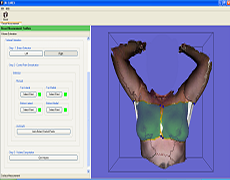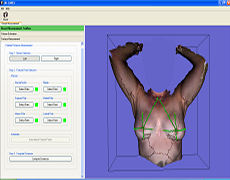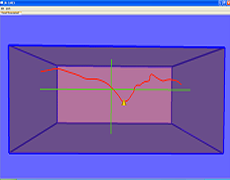Background:
Breast cancer is the second most frequent cancer diagnosis among American women today, after skin cancer and
Post-mastectomy Breast Reconstruction is the third most frequently performed reconstructive procedure, superseded
only by tumor removal and hand surgery. Currently, there are no methods that would predict the outcome of the
surgery. The psychological distress that accompanies a lump found in the breast and the subsequent mastectomy is
compounded by the limitations of contemporary reconstructive procedures. Without a trusted reconstruction
procedure, the specter of a disfiguring operation adds to the fear. The goal of this project is to develop
a robust predictive methodology and computational frameworks for post-mastectomy breast reconstructive surgery
to replace the trial and error method currently practiced and consequently reduce the health care costs by
cutting down the need of numerous corrective surgeries.
Collaborators:
Dr. Charles Patrick, University of Texas MD Anderson Cancer Center
Dr. Krishnaswamy Ravi-Chandar, University of Texas - Austin
Dr. Michael Miller, University of Texas MD Anderson Cancer Center
Development Environment:
C++, MFC, QT, OpenGL , VTK, ITK, OpenMesh
|
Associated Publications:
-
D. Chen, D.R. Chittajallu, G. Passalis, and I.A. Kakadiaris, "Computational tools for quantitative breast morphometry based on 3D scans," Annals of Biomedical Engineering, 38(5):1703-18, May. 2010.
|
